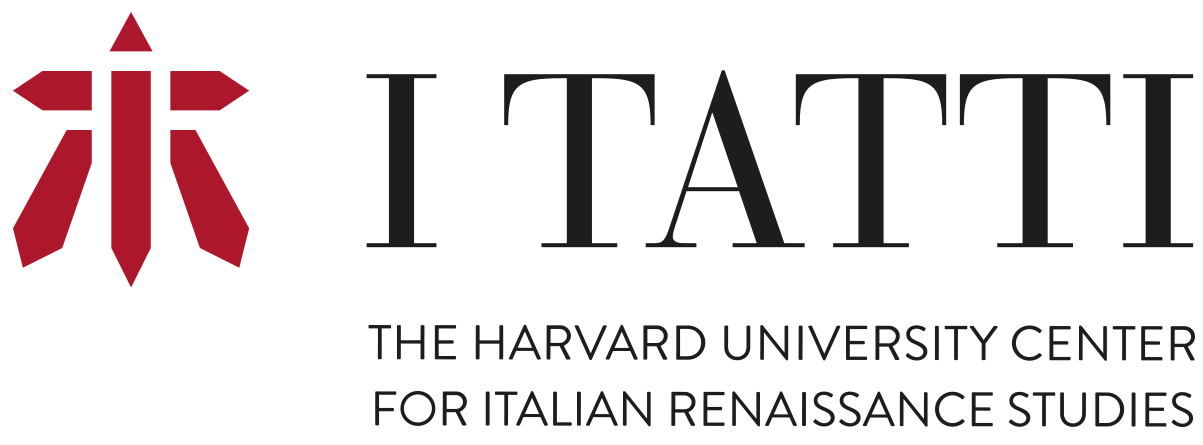Mathilde Bonvalot
“When All Roads Led to Macao: Architecture and Urban Planning at the Gates of China (1550-1644)”
2018-2019 (January-June)

Biography
Mathilde Bonvalot is a PhD candidate in the History of Art and Architecture Department at Harvard University. Her dissertation focuses on issues of cultural transfer in the urban planning and architecture of Macao, China, over the sixteenth and seventeenth centuries. She received her BA in History of Art and Architecture from the University of California, Berkeley. Her research interests include post-Tridentine literature and aesthetics, translation and reception of early modern European literature in China, and the architecture of the Portuguese Seaborne Empire.
Project Summary
Tentatively titled “When all roads led to Macao: space, architecture and conversion at the gates of China (1550-1644),” Mathilde’s dissertation explores the political, social, and stylistic issues at stake in the planning and construction of cities that grew out of trading posts in territories that resisted European colonizing and christianizing ambitions, specifically China. The urban forms and experiences in such cities have been little investigated, and a vocabulary befitting the peculiarities of the non-colonial but still European-administered urbs in distant lands has yet to be elaborated. Mathilde’s research addresses these lacunae by investigating the evolution of Macao’s built environment throughout the second half of the sixteenth century and its relationship to the images of the city that circulated in European and Chinese intellectual milieus. Using written correspondence, maps, and city plans, the project will initially examine whether precedents and subsequents to parameters pertinent to Macao’s urban planning can be found in early modern cities across the Mediterranean and beyond, and what the architectural responses to such parameters reveal in terms of tradition, innovation, and adaptation on a global scale. Ultimately, the project aims at drafting a new conceptual vocabulary to discuss architecture and other objects that were born out of ever more complex cross-cultural encounters, challenging bipartite notions such as hybridity or métissage which are often used to describe peripheral moments in the history of architecture.
